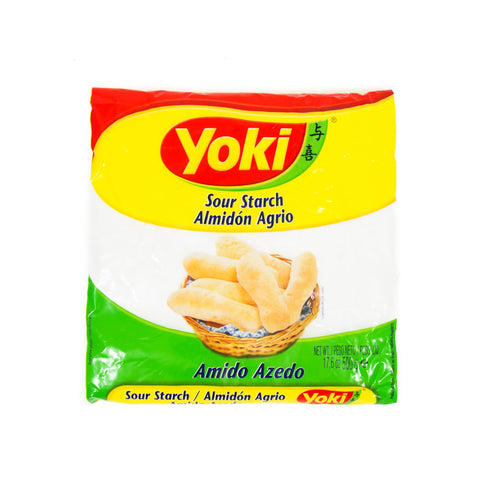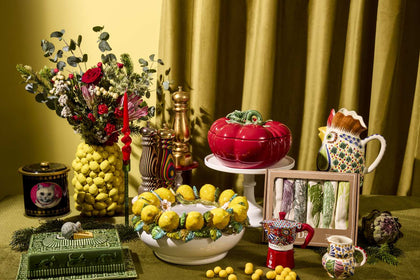How To Use Cassava Flour
by Holly Thomson

Cassava – also known as manioc or yuka – is a root vegetable native to South America and used widely across the world.
Cassava can either be cooked from fresh in the same way as potato (steamed, fried, mashed, roasted) or turned into a flour, which is also called tapioca. Yes, that’s the same tapioca found in the classic school dinner pud.
What is cassava flour?
To make cassava flour, the root is ground to a pulp then squeezed. Traditionally, the wet cassava pulp is fed into a long straw ‘sock’, which is twisted tightly at one end to push out the pulp’s liquid. This starch-rich liquid is the base of cassava flour, or tapioca.
What are the different types of cassava flour?
There are two types of cassava flour – sweet or sour – and each gives a slightly different results.
Sweet cassava flour (polvilho dulce) is made by simply allowing the starchy liquid to settle before pouring off the excess water. The remaining starch is dried to leave a fine powder similar in texture to cornflour.
Sweet tapioca starch is a staple ingredient in Brazilian cuisine when making breads, cakes and biscuits, such as the popular crunchy polvilho biscuits and pao de queijo.
When making pao de queijo, using sweet cassava flour will give you a more tightly formed dough and therefore neater, ball-shaped cheese breads. The result after cooking will be a typically stickier and more dense inside, with a crunchier shell.
The key difference between sweet and sour cassava flour is fermentation. To make sour cassava flour (polvilho azedo), the liquid is fermented before it’s dried. This gives the remaining starchy flour a distinctive tangy flavour and also means the flour behaves slightly differently when cooked. Sour cassava flour tends to expand more than the sweet one when it is baked, and creates an aerated dough with a stronger, sharper flavour. Many pao de queijo recipes recommend using a combination of sweet and sour cassava flour. Likewise, tapioca pancakes can be sweet or savoury depending on the flour used.
How to make Pao de Queijo with cassava flour

“Best fresh from the oven, pao de queijo is loved throughout Brazil. The cheesy flavour, crunchy outside and soft, sticky middle make a great companion to morning coffee... or at any time of day.”
Chef Andre Queiroz, from brazilianchef.co.uk
A staple of Brazillian cooking, pao de queijo is a small cheese bread often eaten for breakfast or as an afternoon snack. The main ingredient in these popular breads is cassava flour, which creates the signature textures. Check out our full pao de queijo recipe here!
What is Cassava Farofa?
Farfoa is simply cassava flour, toasted, and often combined with salt, smoked meat, and spices. You can either prepare it yourself at home with cassava flour and tailor it to your taste buds, or you can save yourself the time and buy pre-seasoned mixes.
Brazilian BBQ flavours in minutes! This cassava farofa mix is inspired by flavours of top rump steak - picanha - seasoned with onion, garlic and herbs.
Feeling inspired? Why not try making arepas, the Venezualan breakfast breads. Or for other gluten free flours, take a look at the Mexican staple masa harina to make your own tortillas from home.




